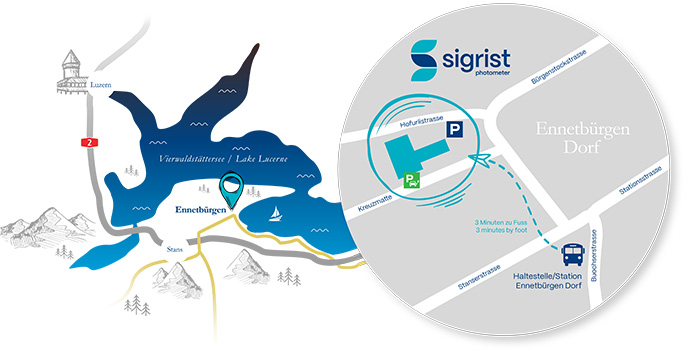Fortunately, the water level of the August flood in Switzerland receded
faster than in New Orleans. Even if some repairs to damaged buildings and
infrastructure facilities will still take months, the return to daily
routines has been rapid for most. For those still affected, we hope that
normalcy will return quickly with as little loss as possible.
We have been
alerted to reports about hazards to drinking water caused by unprocessed
waste water and pollution due to heating oil that has leaked into the lakes
from which many communities draw their drinking water. Those with foresight
have installed a measuring device at the water treatment input point that
continually checks for oil traces and organic contamination.
But it is not
only surface water that is affected. When there is flooding and raised
ground water levels, contamination that is not usually present may also be
evident in ground water, especially in bank filtrate. After the flooding in
1999, high bacterial counts were found in the ground water wells near the
Limmat River effluent in Zurich, even though the turbidity value had not
risen or risen very little. There was, however, a clear increase in the
spectral absorption coefficient, or UV absorption value, and returned to
normal only after several weeks. This was probably due to changes in the
microstructures of the bank sand layers that were disturbed by the increased
ground water currents. Particularly when it comes to ground water wells, a
UV absorption measurement can provide added certainty that water quality is
assured.
SIGRIST photometers reliably measure turbidity, coloration, UV
absorption, oil traces and particle count in drinking water and thereby help
to ensure unquestionable quality and optimal process handling during
treatment.
Products: AquaScat
WTM |
AquaScat P |
AquaScat HT |
ColorPlus bypass |
ColorPlus in-line | OilGuard
